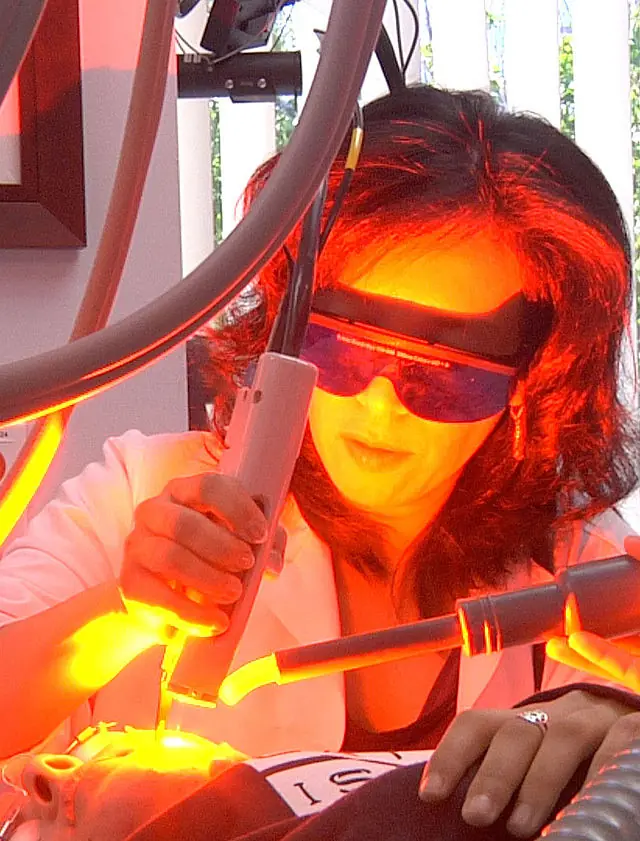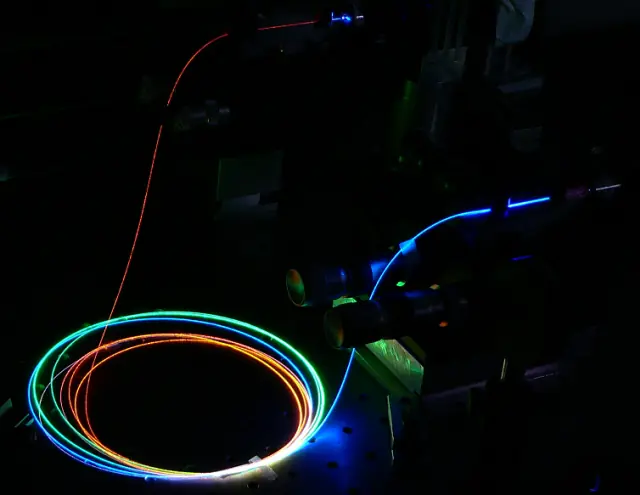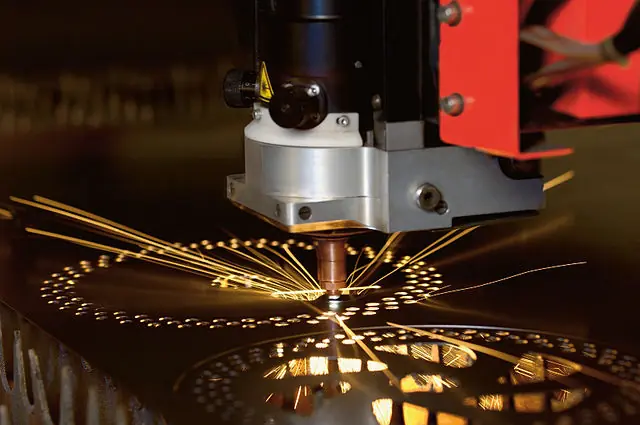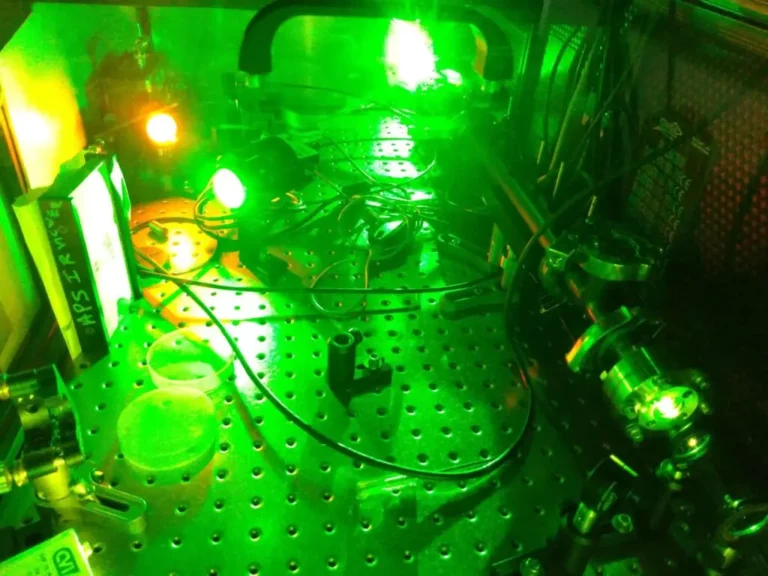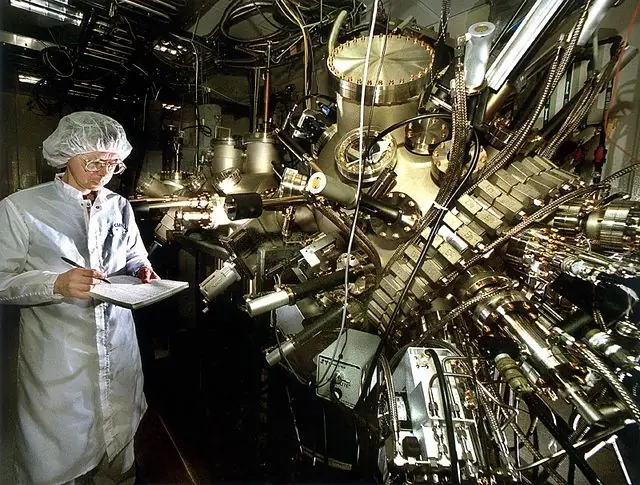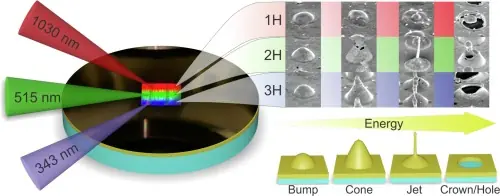Exploring the Different Types of Laser Amplifiers: From Solid-State to Fiber Amplifiers

Laser amplifiers are an essential component of many laser-based systems, used to increase the power and intensity of a laser beam. There are different types of laser amplifiers, each with their own unique properties and advantages. In this article, we will explore the different types of laser amplifiers, from solid-state to fiber amplifiers.
Solid-State Amplifiers
Solid-state amplifiers are the most common type of laser amplifier. They use a solid-state gain medium, typically a crystal or glass, to amplify the laser beam. The gain medium is excited by a pump source, typically a flash lamp or laser diode. As the pump energy is absorbed by the gain medium, it produces a population inversion, which allows the laser beam to be amplified.
Solid-state amplifiers are known for their high output power and efficiency, making them ideal for applications such as material processing, laser cutting, and medical treatments. Examples of solid-state amplifiers include neodymium-doped yttrium aluminum garnet (Nd:YAG) and titanium-doped sapphire (Ti:sapphire) amplifiers.
Gas Amplifiers
Gas amplifiers use a gaseous gain medium, such as carbon dioxide or helium-neon, to amplify the laser beam. They work by exciting the gas atoms using an electrical discharge or radio frequency energy, which produces a population inversion and amplifies the laser beam.
Gas amplifiers are known for their high gain and large output power, making them ideal for industrial applications such as welding, cutting, and drilling. Examples of gas amplifiers include carbon dioxide (CO2) and argon ion amplifiers.

Semiconductor Amplifiers
Semiconductor amplifiers use a semiconductor gain medium, typically a diode, to amplify the laser beam. They work by passing a current through the diode, which produces a population inversion and amplifies the laser beam.
Semiconductor amplifiers are known for their compact size and low power consumption, making them ideal for applications such as telecommunications and sensing. Examples of semiconductor amplifiers include semiconductor optical amplifiers (SOAs) and vertical-cavity surface-emitting lasers (VCSELs).
Fiber Amplifiers
Fiber amplifiers use an optical fiber as the gain medium to amplify the laser beam. They work by injecting a pump laser into the fiber, which produces a population inversion and amplifies the laser beam.
Fiber amplifiers are known for their high gain and low noise, making them ideal for applications such as telecommunications and sensing. Examples of fiber amplifiers include erbium-doped fiber amplifiers (EDFAs) and Raman amplifiers.
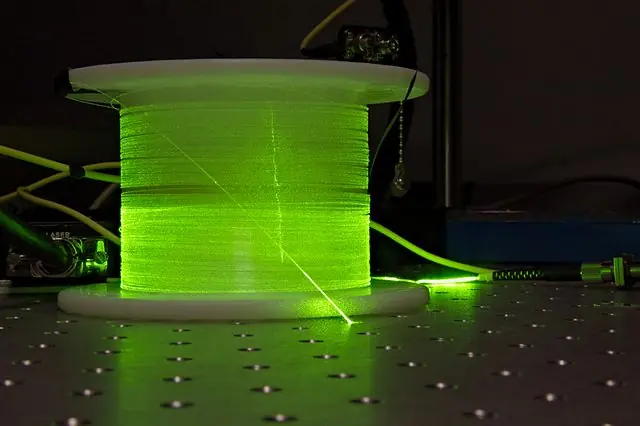
Comparison of the Different Types of Laser Amplifiers
Each type of laser amplifier has its own unique properties and advantages. Solid-state amplifiers are known for their high output power and efficiency, gas amplifiers for their high gain and large output power, semiconductor amplifiers for their compact size and low power consumption, and fiber amplifiers for their high gain and low noise.
When comparing the different types of laser amplifiers, it is important to consider their performance in terms of output power, efficiency, and noise. Solid-state amplifiers and gas amplifiers typically have higher output power and efficiency than semiconductor amplifiers and fiber amplifiers, but fiber amplifiers have lower noise and are more suitable for high-speed data transmission.
Conclusion
In conclusion, laser amplifiers are an important component of many laser-based systems, and there are different types of laser amplifiers available to suit a range of applications. From solid-state to fiber amplifiers, each type of amplifier has its own unique properties and advantages, and it is important to consider their performance when choosing the right amplifier for a particular application. With ongoing developments in laser amplifier technology, we can expect to

